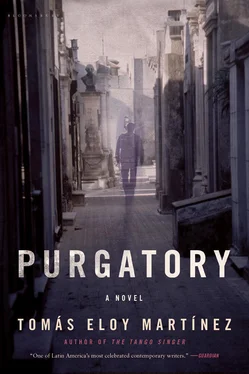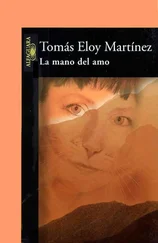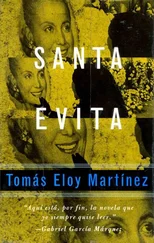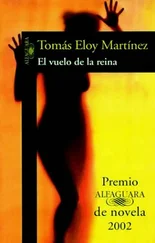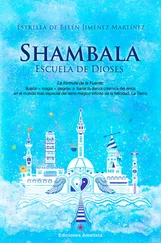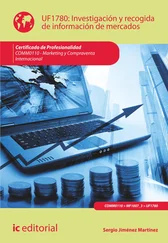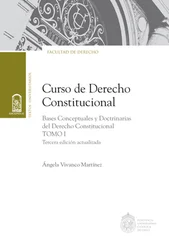2. In dream I seemed to see a lady, singing
‘Purgatorio’, XXVIII, 40
Like Emilia, I’ve lived in Highland Park since 1991, on the deserted slope of the hill overlooking the Raritan River. In the mid eighteenth century, the Raritan was a bustling thoroughfare. These days, it’s a trickle of water, a nesting place for thousands of Canadian geese whose honking disrupts the peace of the little town. Although, in September 1999, the geese vanished for no apparent reason. The sky grew dark, all nature fell silent. Nobody was prepared for what happened next. That night, Hurricane Floyd swelled the waters of the Raritan, which rose so much in a few hours that the river burst its banks, flooding the whole of Johnson Park a hundred yards from where I live. The nests of the geese — heavy, rugged straw things — were swept away by the current. The basements of all the houses overlooking the park were flooded. Whole libraries and photographic studios were wiped out and the maps marking out the eruv so crucial to the Orthodox people in town were destroyed. The following morning, everyone turned out to see the damage. The sun was so glorious that morning that even those who had lost things in the storm treated it like a pleasant autumn stroll. After all, it was impossible to estimate the extent of the damage, most of which was irreparable. A week later, life in Highland Park was the same as it had ever been. The waters of the Raritan had retreated and once more skirted the periphery of the town. The geography department at the university drew up a new map for the mayor’s office that included two small islands which had appeared in the oxbow when the water subsided. Space calmly resisted the onslaught of time. Little had changed. The boundaries of Highland Park still comprised the sixty blocks it had before the storm, including the park, eighteen places of worship and some fifteen thousand souls.
My best friend back then was Ziva Galili, head of Rutgers’ history department and one of the foremost authorities I’ve ever met on the 1917 Russian Revolution — a field in which there’s no shortage of authorities. Every year, Ziva spends at least three months unearthing new surprises from the files of the now defunct KGB. Whenever I go round to her house, I overhear her speaking half a dozen languages fluently, including Hebrew, the language of her parents and of the kibbutz where she grew up. She’s still my best friend, though we don’t see as much of each other these days because she was appointed acting dean of the School of Arts and Sciences in 2006, and so now she’s rarely ever home. About a quarter of the residents of Highland Park are African immigrants, refugees lucky enough to have escaped the massacres in Rwanda and Sierra Leone. Another quarter is made up of the tenured professors — of whom I am one — who hail from various countries predictable and unpredictable: Czechs, Chinese, Indians, Burmese, Russians, Bulgarians, Belgians, Israelis, Mexicans, Brazilians, Argentinians. I don’t need to go on. The rest, and by far the majority, is made up of observant Jews, many of whom are ultra-Orthodox. This is why anywhere you go in town there’s always a synagogue nearby, and why one of the most respected rabbinical schools in New Jersey is just outside town on Woodbridge Avenue about two hundred yards from the flyover on Route 1. At dusk on Fridays and on Saturday mornings, streams of students can be seen walking down Woodbridge Avenue wearing their long black coats, winter and summer, with the white wool tallit underneath. In town, hundreds of young mothers bustle around the synagogues in formal dress, wearing hats copied from the British court and conspicuous wigs. They energetically push buggies carrying two or three children of various ages (they’re often already pregnant with their next child), chatting happily and enthusiastically about the food they’ve prepared for Shabbat. Their husbands rarely accompany them, spending the holy day in prayer and the study of God’s laws. They are a devout and gentle people who have found happiness in this town where nothing ever happens. The police in Highland Park are bored to death. Their sole occupation is chasing down those rare drivers who dare exceed the 25 mph speed limit (15 mph near schools), or those who forget to wear a seat belt. Friendships are made on the steps of churches and temples and cemented over lunches where everyone prays together. Catholics, evangelicals, Jews: the inhabitants of Highland Park are believers and faith is at the heart of their lives. Since I choose to live without God, I know no one and no one calls on me. It’s hardly surprising then that it was some time before I heard about Emilia Dupuy — known to the regulars at Chris Nolan’s beauty salon and Vijay Maktal’s pharmacy as Millie since it is easier to pronounce than Emilia, whose Spanish vowels are a death trap for Anglo-Saxons.
I first encountered her at Stop & Shop back when it was called Food Town. Before we realised we were both from Argentina and began to greet each other with polite mistrust, my only thought was to avoid being in the same checkout line as her. Not only did Emilia, like most of the older women in town, take her own sweet time squeezing the tomatoes and smelling the peaches, she also drove the checkout girls to distraction with avalanches of vouchers and coupons. The cashier would be bagging up the broccoli and the low-fat ice cream and suddenly Emilia would produce a coupon offering a $2 discount. Usually, she’d try to get a 100 oz tub of ice cream with just one coupon, and when the cashier refused, she’d start to bicker and the war of words would usually end with a supervisor rushing over to sort things out. By which time, of course, everyone else in the line had scuttled off in search of calmer checkouts. Whenever I ran into Emilia at the supermarket, I always made sure to leave before her, even if I arrived after her. She didn’t look like a woman in her mid-fifties. Anyone would have thought she was ten years younger. She was tall, thin, willowy, with that air common to so many Argentinian women of a teenage girl who refuses to grow up. She had a deep tan — the result of hours on a sunbed (there are seven tanning shops in town) and tried to hide her thinning hair with a brittle shell of hairspray. What I most noticed, though, were her eyes, a luminous, almost translucent blue, as with indefatigable curiosity she watched the slow pulse of the world — which in Highland Park moved as slowly as a tortoise. She had small breasts and a shapely ass which emphasised her long legs. She was an attractive woman, and she knew it.
I met her because I’m interested in cartographers, who are very much like novelists in their determination to modify reality. I got my first insight into labyrinths and old naval maps in the geography department at Rutgers, but since no one there produces historical or comparative maps — which were what most interested me — I was directed to the offices of Hammond on Progress Street in Union, before they moved to Springfield. That afternoon, I spotted Emilia Dupuy in one of the programmers’ cubicles and I realised that she lived in the same town as I did, about half a mile from my house.
At work, she was a different person. The woman I was introduced to at Hammond Atlas was nothing like the exasperating fifty-something-year-old at Stop & Shop. She was almost the antithesis: calm, obliging, sweet. She wore a pleated skirt that showed off her magnificent legs, her hair was piled into a simple bun that emphasised the graceful curve of her neck. Later, when I knew her better, I dared to tell her that I had never seen her as beautiful as she was that day. I told her I thought she should dress like that all the time, simple clothes, but she was shocked. ‘The woman you met in Union wasn’t me,’ she said. ‘My God, I hadn’t set foot in a beauty salon in nearly a week.’ I didn’t say so, but I’ve always thought that in the beauty salons that line Raritan Avenue — three to a block — women like Emilia allow their natural grace to be stripped away. I’ve seen women come out of these places with hairdos like towers, eyelashes drooping from the weight of mascara, false nails painted with garish designs, all of which — together with their brashly coloured shapeless dresses — would have earned them a role in a Fellini movie if Federico had ever met them.
Читать дальше
